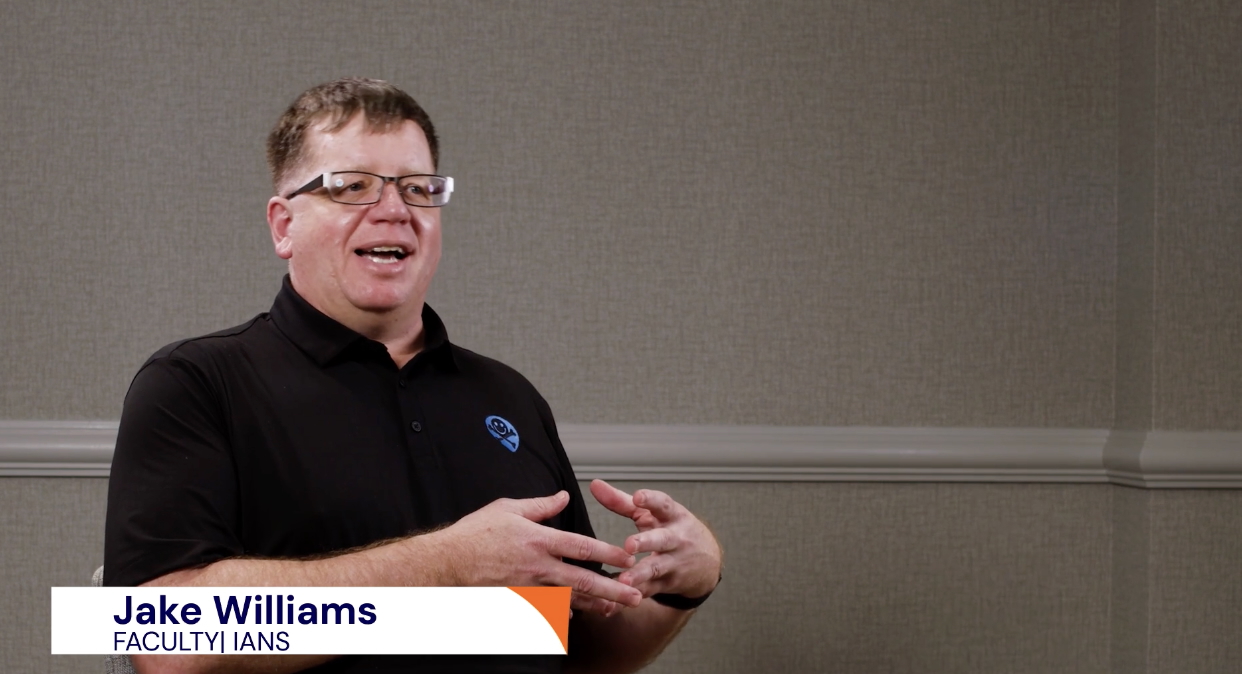
Deepfakes & Cybersecurity: Why Strong Processes Beat AI Detection Tools
Top cybersecurity experts say threat actors don't need AI to launch successful attacks—yet deepfakes are changing the game with it comes to social engineering.
DOWNLOAD NOW: Security Awareness Blog Templates
While deepfakes may seem like high-tech cyber attack tools, the core danger lies in social engineering, which manipulates people into taking actions and revealing sensitive information. A deepfake will use AI to mimic a person's voice or likeness, essentially tricking attack targets into believing they are dealing with someone they know and trust. This makes some traditional verification methods, such as voice recognition, less reliable for organizations relying on them for security.
IANS Faculty Jake Williams explained that deepfakes are just new tools for social engineering, and organizations should focus on strengthening their security processes rather than relying solely on AI detection tools. Watch the full video:
AI has progressed quickly and even low-level attackers can access the technology to create deepfakes, but deepfakes don't represent a fundamentally new threat. Instead, deepfakes are able to amplify deception tactics by making it easier to impersonate voices and images. That's why the best defense can't simply be new technology; it must also include strong internal processes to ensure authentication doesn't depend solely on someone's voice, video, or likeness.
Take cybersecurity action now and download our expert guide: Modernize Your Phishing Program to Address Ransomware.
Subscribe to IANS Research YouTube Channel for more practical guidance from IANS Faculty members: youtube.com/@ians_research
Download our 2025 Security Software and Services Benchmark Report—and gain access to valuable insights and practical strategies for managing vendors and MSSPs, especially during periods of budget constraints.
Download the 2025 Security Organizational Design Benchmark Snapshot Report. This snapshot report of Fortune-500-size security organizational design is a preview of the full 2025 Security Organizational Design Benchmark Report, which helps CISOs refine their cybersecurity organizations by showing how top Fortune 500, large, and midsize companies structure security teams, allocate budgets for staffing, and set compensation levels for various management and individual contributor roles. It includes insights on team design, leadership positions, and pay ranges broken out by three distinct revenue and staffing clusters: contact us now to request the full report.
Although reasonable efforts will be made to ensure the completeness and accuracy of the information contained in our blog posts, no liability can be accepted by IANS or our Faculty members for the results of any actions taken by individuals or firms in connection with such information, opinions, or advice.
